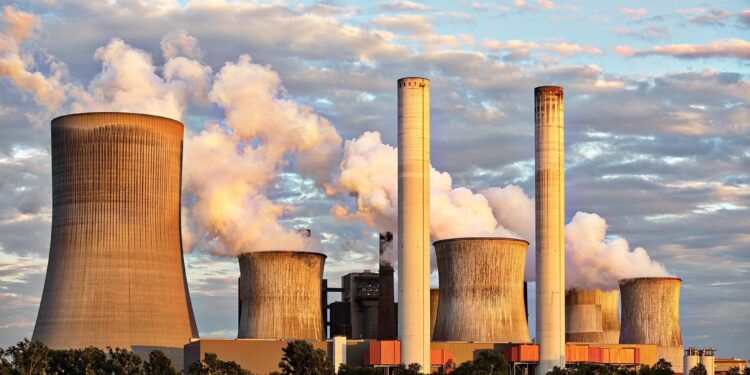KARACHI: Due to decreasing imports, RLNG’s share dropped from 18.9% percent in August 2021 to 12.5% in August 2022, with coal’s contribution to power generation remaining same at 14.3%.
The cost of RLNG in the power basket increased from Rs14.91/kWh in August 2021 to Rs24.72/kWh in August 2022, according to statistics.
According to Muhammad, the cost of local RLNG increased by 28 percent over that time.
Awais, the Foundation Securities research director.
Compared to the same time last year, coal’s share of the country’s energy mix slightly decreased. In the case of RLNG, the share fell as well as prices skyrocketed as a result of an interruption in the global supply chain.
As spot RLNG prices have more than quadrupled this year, Pakistan has only been able to buy five RLNG cargoes this August compared to 12 cargoes in the same month last year.
Awais made a comment on the diminishing trend in coal-based power generation, saying it was against international practice. Even within the area, China generates more than 50% of its energy from coal, while India produces more than 40% of its energy from coal. According to him, 25% of Australia’s electricity is generated by coal.
According to fuel charge adjustment data from the National Electric Power Regulatory Authority (NEPRA), Pakistan’s energy output over the past 12 months has typically been 57 percent fossil fuel-based.
In addition, Pakistan has been more dependent on RLNG over the past ten years since the nation’s gas supplies have been rapidly decreasing.
However, imported coal also had the same problem since it was more expensive to produce energy with it; at the current world coal pricing, it cost between Rs26 and Rs28 per unit. In the same period, the cost of producing power from coal was Rs15.17/kWh, compared to the cost of producing electricity from local gas, which was roughly Rs9.5/kWh.
Pakistan is unable to rely heavily on imported fuel, not even imported coal, due to
Balance of payment problems and interruptions to the global supply chain. The nation must explore for native resources, the researcher advised.
It should be noted that a jump in demand caused coal’s price to hit an all-time high of $436.71 a tonne in September of this year.
According to NEPRA’s most recent merit order report, local coal power plants cost Rs4.39/kWh while imported coal power plants cost Rs30.09/kWh, showing a significant discrepancy between the costs of generating energy from domestic coal and imported coal.
Experts advised the government to develop an energy plan for the future that encourages the use of domestic resources while lowering our reliance on foreign fuels.

















